|
By Sharon Giltrow Where does belly button fluff come from? In his book BELLY BUTTON FLUFF, Aussie Authorstrator Dave Atze provides the answer to one of life’s biggest questions. It comes from your ‘tummy pouch’ aka belly button. Something that we all have. Dave has used the funny premise of ‘belly button fluff’ to create a super hilarious book. A book that shows us that we are all connected (well we once were, to our mothers) by our belly button. While at the same time reminding us that sometimes ‘kids (and adults) just want to have fun.’ Belly Button Fluff Written and illustrated by: Dave Atze Published by: Big Sky Publishing, September 15th 2021 Scarlett Von Scruff is a little girl who loves to collect weird stuff. Now she’s discovered something fluffy, soft and a little bit smelly in Dad’s belly button and she wants to find more. No belly is safe as Scarlett goes on a fun-filled, fluff-gathering adventure. So, kick off your shoes and lay on the couch, let’s have a look in your tummy pouch. Here are two of Dave’s favourite pages from BELLY BUTTON FLUFF, and his reasons for choosing them. D- “This was actually the first image I ever had in my head when I had the idea to write Belly Button Fluff. I loved the idea of her quite literally mining for the fluff and the shock on the bunnies face and Scarlett being like Ahh Haa!!” Here Dave introduces the reader to a funny character, and one of my favourite ones in the book – Belly Button Fluff Bunny. Be sure to keep your eyes peeled for this adorable character on each page. D- “This Montage of Scarlett as a ninja stealthing herself around the unknowing people of the bus stop. I can just imagine this as an animation with some pink panther music playing in the background. From appearing out of nowhere from behind the pole, the abseiling to the shifty eyed Scarlett in the foreground, I mean comedy gold, Am I right?!” In this spread Dave has allowed the illustrations to add to the story, as we follow Ninja Scarlett around the page on her daring adventure. Dave has also cleverly matched each person’s belly button fluff to the colour of their hair. Great work Dave! Well, that’s it from me this month, see you in October, with another great Aussie book. Share a laugh, and connect with someone today. GIVEAWAY For a chance to win a copy of BELLY BUTTON FLUFF,
BIO:
Sharon Giltrow grew up in South Australia, the youngest of eight children, surrounded by pet sheep and fields of barley. She now lives in Perth, Western Australia with her husband, two children and a tiny dog. Sharon has taught for all of her career. Previously a teacher of children who are hearing impaired and Deaf-Blind, she now teaches young children with Developmental Language Disorder. Her humorous debut PB, BEDTIME DADDY! released May 2020 through EK books. Sharon’s humorous follow up PB, GET READY, MAMA! Is due to be released through EK books in April, 2022. Her third PB, LET’S GO SHOPPING, GRANDMA! is due to be released through Dixi Books in 2022. She was awarded The Paper Bird Fellowship for Writers in 2019, during this time she wrote her early middle grade book SAMARA RUBIN AND THE UTILITY BELT, which will be released in 2021 through Clear Fork Publishing’s new imprint &MG. She was recently awarded a U-15 K Arts Grant to further develop her early middle grade series – THE UTILITY BELT. by Bryan Patrick Avery The last 18 months have been the busiest of my writing career. This year I was fortunate to celebrate six book birthdays, including my debut picture, THE FREEMAN FIELD PHOTOGRAPH, and the first few books of the MR. GRIZLEY’S CLASS, chapter book series. Next year, I have seven books scheduled to come out including two mysteries and a middle grade non-fiction book. All of this has been wonderful, but it’s also meant I’ve had a lot of writing to do. I’d like to share with you a few tips and tricks I used to keep writing, even when I wasn’t necessarily motivated to do so. 1. Go analog. When I first started writing in high school, I wrote everything in a notebook before typing it on computer. Then, somewhere along the line, I skipped that step and started writing everything on computer. About two years ago, when I was stuck on story I was working on, I grabbed a pen and a notebook and started re-writing. It made all the difference. Now, I write everything that way. I’ve replaced the pens with Blackwing pencils, and I use Moleskin notebooks. I find that writing analog engages my brain in a way that typing on a computer doesn’t and I’m way more productive. Plus, there’s something oddly satisfying about watching a pencil grow smaller and smaller as you write. I keep the nubs as trophies. 2. Put yourself on the clock. I’ve stopped thinking in terms of words per day and started focusing on “Butt in Chair” (BiC) time. During my BiC time I write, continuously, until the timer goes off. On days when I’m struggling to get words down on paper, I set a timer for 30 minutes and just write. The goal is to write continuously, so I don’t allow myself to edit and go back and change anything. I just push forward until the timer goes off. Often, I find that I’ve come up with something that does help the story. It may require some editing later (doesn’t it always?) but I’ve made progress. 3. Use a placeholder. We’ve all be there. We’re ready to jump in and write a critical scene. We sit down, start writing, and….nothing. We just can’t put words together in a way that works. That’s okay, it happens. Here’s what I do when it happens. This is an actual line from a notebook from a middle grade mystery I have coming out next year: “Gabriella sees something, that reminds her of something, and she figures everything out.” Yeah, that needed editing later. That one sentence, in fact, became a whole chapter before the manuscript was done. Still, writing that sentence allowed me to move forward with the book. When I went back later to expand on what thing Gabriella saw, and what it reminded her of, it was much easier to write. 4. Lastly, and this is critically important, sometimes you do need a break. If you’ve tried pushing forward and it hurts, stop. Take a break. We all need them and there’s no shame in taking care of yourself. When you do, you’ll be able to come back refreshed and with a cleared vision of what you want to write and why. Believe me, your books, and your readers, will thank you. Well, that’s all for this month. I hope this tips will help you in your writing. Happy writing and have a magical month!  At the age of 7, Bryan Patrick Avery discovered a love of reading and mysteries after receiving his first Bobbsey Twins Mystery Book. Today, he is an award-winning poet and author of books for children. His middle-grade story, “The Magic Day Mystery”, appears in SUPER PUZZLETASTIC MYSTERIES, an anthology from HarperCollins and the Mystery Writers of America. His debut picture book, THE FREEMAN FIELD PHOTOGRAPH, illustrated by Jerome White, was published by Clearfork Publishing/Spork. His early reader series, MR. GRIZLEY’S CLASS, illustrated by Arief Putra, is available now from Picture Window Press. Bryan serves on the board of directors of the Northern California Chapter of Mystery Writers of America and is a 2021 Amplify Black Stories Fellow, a joint program presented by the Brown Bookshelf and the Highlights Foundation. Bryan lives in Northern California with his family. by Melissa Stoller September. For many, this shift in the calendar signals back to school, end of summer, and a flip in mindset from vacation time toward back to work. Here are some tips to make the most of this month in terms of your writing life. 1) Today, pick one new project to focus on at the start of this month. Write a new draft, sift through your idea notebook for a hidden gem that might become a new story, or take a walk to cultivate new ideas. 2) Challenge yourself to step outside your normal path this month. If you usually write fiction, perhaps immerse yourself in a nonfiction topic. Or if you usually write picture books, think about a chapter book topic that might be of interest. Maybe you have secretly wanted to write a middle grade or young adult novel – now is the perfect time to give it a whirl. 3) Craft a list of mentor texts to read this month that are different from the usual books you read. Perhaps in a genre you are working in already, or something entirely different that you want to try this month. For example, if you never read graphic novels, take a look. Or if you don’t usually write in rhyme, make a list of rhyming texts that might spark ideas for future stories. Use this month to try something new. You might surprise yourself! Let me know how it goes in the comments! And speaking about September . . . I will be speaking on a panel on September 19 at the amazing Children’s Book Academy PICTURE BOOK PALOOZA! I hope you will join me, Mira, and so many talented creatives, as well as members of the publishing industry, for what will be an amazing two days of inspiring and helpful presentations – September 18 and 19, 2021. Plus, there will be prizes, giveaways and submission opportunities! #21Palooza You can still register here - https://www.childrensbookacademy.com/pbpalooza2021.html BIO: Melissa Stoller is the author of the chapter book series The Enchanted Snow Globe Collection - Return to Coney Island and the picture books Scarlet’s Magic Paintbrush; Ready, Set, GOrilla!; and Sadie’s Shabbat Stories. Planting Friendship: Peace, Salaam, Shalom (co-written with Callie Metler and Shirin Rahman, illustrated by Kate Talbot), releases from Clear Fork Publishing in October 2021. Melissa is a Blogger and Course Assistant for the Children’s Book Academy, a Regional Ambassador for The Chapter Book Challenge, a volunteer with SCBWI/MetroNY, and a founding member of The Book Meshuggenahs. In other chapters of her life, Melissa has worked as a lawyer, legal writing instructor, freelance writer and editor, and early childhood educator. She lives in New York City with her family, and enjoys theatre, museums, and long beach walks. CONNECT: https://www.MelissaStoller.com https://www.MelissaStoller.com/blog http://www.facebook.com/MelissaStoller http://www.twitter.com/melissastoller www.instagram.com/Melissa_Stoller www.pinterest.com/melissa_Stoller https://www.TheBookMeshuggenahs.com By Helen H. Wu I started in children’s book publishing as an illustrator and then an author and illustrator. My writing and illustration skills prove to be very helpful in my work as the associate publisher at Yeehoo Press, publishing various children’s books. Being an author and illustrator helps me understand the book’s purpose to devise an illustration plan related to the words; it also enables me to get fully involved in the picture book publishing cycle. Here I would like to share some benefits of writing and illustrating skills, along with some tips for successful publishing. Illustrations Suitable for Children’s BooksMy experience as an illustrator helps me choose which illustrator to work with. Here I’d like to share some aspects that a publisher likes to see in an illustrator’s portfolio before they make a decision. Illustrations help children understand the story and the book’s purpose more effectively because a child's mind believes what it sees. Words can sometimes be difficult for young children to comprehend, so brilliantly illustrating the ideas can fill the gap. It is vital to make the illustrations enjoyable and suitable for children. I’ve seen many talented illustrators whose illustrations are not quite suitable for children, making publishers hesitant to work with them on a children’s book. (Seven New Books From Yeehoo Press in 2021) Here are some tips on developing a portfolio attractive to a children’s book publisher:
Complementing Stories With Art Art complements the stories of picture books. There are various art styles to be considered, but it is essential to choose the one that best suits the particular book’s theme. Here are a few art styles a publisher will consider while choosing the artist for a picture book: • Watercolor Art Style Watercolor art style expresses emotions in a better way. If the story is emotional and quiet, give it a touch of loose watercolor illustrations. (Watercolor art from THE WHOLE WORLD INSIDE NAN’S SOUP, by Hunter Liguore, illustrated by Vikki Zhang) Anime Art Style Stories full of action and suspense are best complemented with anime illustrations. The anime art style can be both two- and three-dimensional. An anime artist creates characters with exaggerated effects to make the scene more dynamic. (Anime style art from WHEN I’M NOT LOOKING by Farren Phillips) Fantasy Art Style Children are much more imaginative than adults, which is why they love reading and exploring fictional characters. Fantasy illustrations are excellent for children's books that are based on imagination only. It can also create a mythical atmosphere. (Fantasy style art from WHO IS IT, WHOODINI? by Roman Yasiejko, illustrated by Gustavo Ramos, spring 2022, Yeehoo Press) Whimsical Art Style Picture books that convey a humorous story are popular among kids. Adding a touch of whimsical art to the story can multiply the fun of reading. Whimsical art is a carefree illustrating style based on vibrant colors. Artists draw cute and groovy characters that make the reader happier. (Art from THE SCHOOL OF FAILURE, by Rosie J. Pova, illustrated by Monika Filipina, spring 2022, Yeehoo Press) There are many other styles to adopt when illustrating a children's book, but make sure that the art style explains the story. As an illustrator, I’ll also consider adopting different styles to better suit different stories. For instance, combine emotional stories and anime characters with a gradient watercolor background and characters with strong black strokes. By considering the art style and story type, an artist may better understand and illustrate the book and even grow and develop new styles. Establishing the Perfect Rhythm Between Words and Visuals There should be a perfect rhythm between the writing and illustrations. Once the writer is done with the picture book’s words, it is time to acquire the right art style. After adopting a specific art style for the children's book, it’s time to get creative. The editor breaks down the book’s words and divides them into all the pages. The page plan enables the designer to know which sentence lies on which page. In addition, it helps the illustrator comprehend every page’s need to create an ideal visual design. For instance, in The Whole World Inside Nan’s Soup, written by Hunter Liguore and illustrated by Vikki Zhang, instead of drawing the girl standing in front of the kitchen table when the text says, “I stood on my tiptoes to see,” Vikki used several panels to show the process of the plant growing and put the girl beside the plant she planted and showed her trying to touch the fruit. It’s a creative way to interpret the story beyond the words. THE WHOLE WORLD INSIDE NAN’S SOUP, by Hunter Liguore, illustrated by Vikki Zhang) Another example is in Milo’s Moonlight Mission, the text reads, “Take offs. Blast offs. For Milo and his crew, the sky is the limit.” It could be interpreted as the child was playing with a toy rocket in an everyday setting. But the illustrator Petronela Dostalova painted an outer space setting, and the brilliant artwork brought the audience right into Milo’s imagination. Better Team Coordination Picture book publishing is a process that requires collaboration and teamwork. Being an author and illustrator helps me communicate and understand our team. A compelling plot, good writing and editing, attractive design, matched illustrations, and high-quality printing are all critical factors to a successful picture book. This equilibrium is maintained by teamwork. Everyone, including the art director, artist, editor, illustrator, writer, and designer, need to be fully involved in the publishing process. My Monsterpiece, by Amalia Hoffman, was a great example of teamwork. After the book was sold to Yeehoo Press, Amalia had many conversations with our editor, Brian Saliba. They brainstormed over the phone and via email. Then, Amalia went through a couple of rounds of revisions. When the story was tight and solid, Amalia created a dummy based on the new text, which was quite different from the original text. (The comparision of the original cover and the final cover of MY MONSTERPIECE, by Amalia Hoffman) Once the team was happy with the black-and-white sketches and pagination, Amalia worked with our art director, Molly Shen, and the graphic designer, Xuyang Liu, on the final interior pages. Once these were completed, Amalia came up with design concepts for the endpapers, final cover, and jacket design. The whole team also spent many hours deciding what fonts to use and the colors of the lettering. The editor and the writer work on the text. Then, the illustrator and the art director work on the illustration part. The designer and the art director will make each page of the children's book more attractive and engaging. There will be multiple revisions in each step, so communication is the key to making successful picture books. The comparision of the original design and the final design of one page of MY MONSTERPIECE, by Amalia Hoffman) In A Word Being an author and illustrator helps me understand the business better and gives me the chance to think creatively—not only the book itself but also the whole collaboration process and all areas of publishing. To be the best advocate for your book, you have to know about contracts, subsidiary rights, the target audience, writing, art style, graphic design, marketing, publicity, sales, and so on. The goal is to support the author and the rest of the book team, including the illustrator, designer, and marketing team, in telling a compelling story. I love to see each step of how a book takes shape from plain text to a finished book. I always marvel at the journey of making picture books. You plant a seed and work hard to nurture it, and it surprises you months later with flowers and fruits! More about Helen H. Wu Helen H. Wu is a children’s book author and illustrator of over 20 picture books, as well as a translator, graphic designer, and publisher. Helen is the Associate Publisher of Yeehoo Press, a Los Angeles based children’s book publisher. Being fascinated by the differences and similarities between cultures, Helen loves to share stories that can empower children to understand the world and our connections. Born and raised in Hefei, China, Helen moved to the US in her 20s. Currently, she resides in sunny Southern California, with her family and two kids. Her new picture book, TOFU TAKES TIME, illustrated by Julie Jarema, will be published by Beaming Books in spring 2022. In this charming tale, readers will marvel at how patience brings a whole universe together in a simple dish made by a modern Chinese American family. Helen is doing a preorder campaign and there is a monthly prize draw for preorder or request from a library. Find out more on helenhwu.com/books
Yeehoo's website: https://yeehoopress.com/ Yeehoo's Twitter: @yeehoopress Yeehoo's Instagram: https://www.instagram.com/yeehoopress/ Helen Wu on Twitter: @HelenHWu Helen Wu on Instagram: https://www.instagram.com/helenhwu/ Helen Wu's website: https://helenhwu.com/ |
We are so excited to be mixing things up at CBA, beginning with some delicious additions to the Blogfish. Meet our awesome bloggers!!
Here's our lineup: 1st Mondays begin with former school psychologist Dr. Debra Collins who will be writing about Social emotional Learning in kidlit and behind the scenes as well as Jewish children's books. 2nd Mondays will feature super smart Melissa Stoller whose career is taking off with several new books. 3rd Mondays will feature our new blogger coming soon. 4th Mondays features new blogger, the fabulous Brentom Jackson, who has a beautiful approach to blogging. And 5th Mondays we'll be taking a break Archives
July 2024
|
|
Discover
|
About Us
|
Join Us
Join our Community and receive a fabulous free gift, KidLit tips, newsletters, scholarship info, contests, and more!
Join our KidLit Mentorship |
Social Media
Interact with our FaceBook Group or follow us on:
|
© 2010-2024 All content on this website is copyrighted. Sorry, all courses are non-refundable.
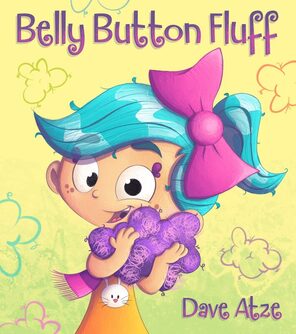
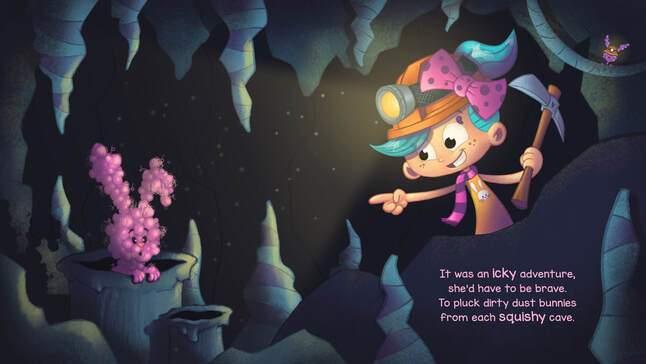
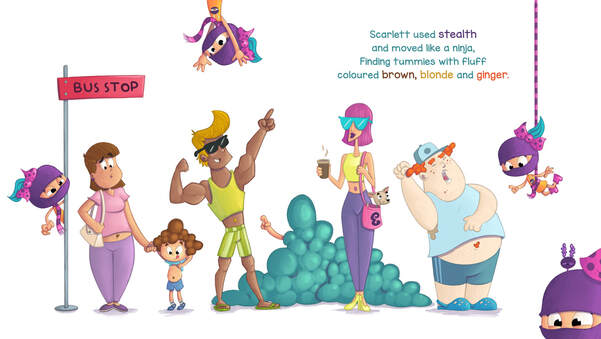
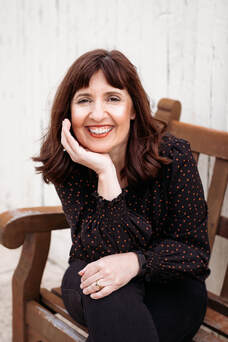
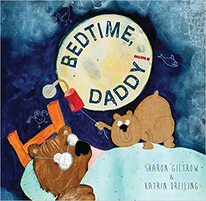
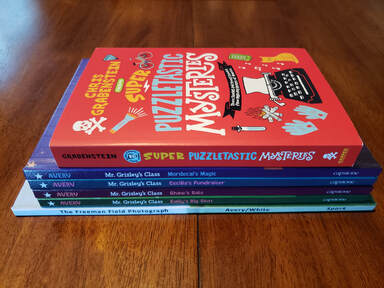
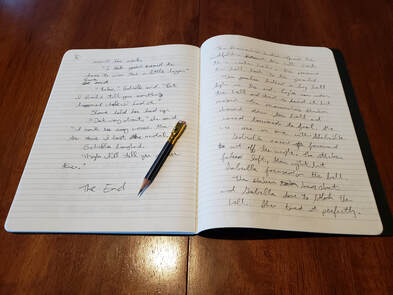
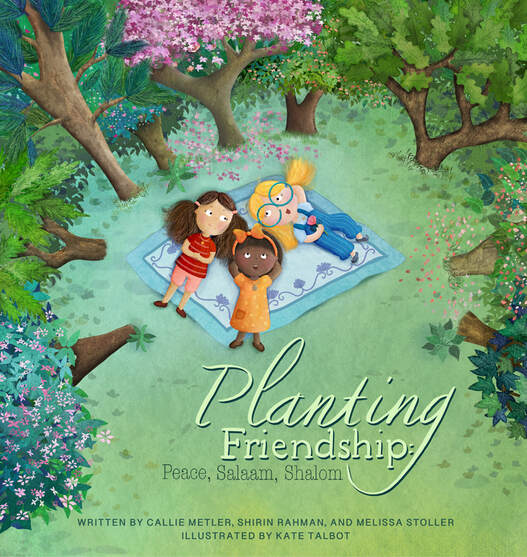
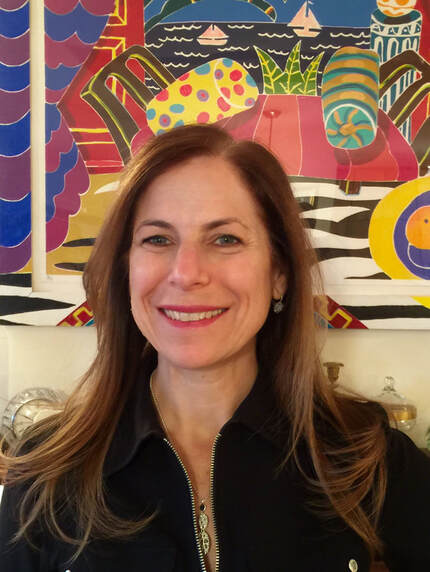
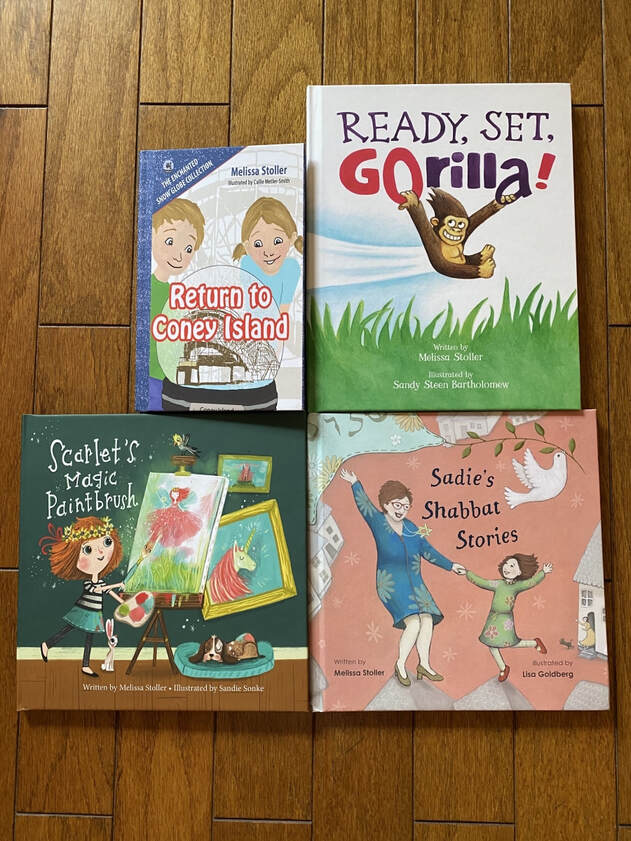
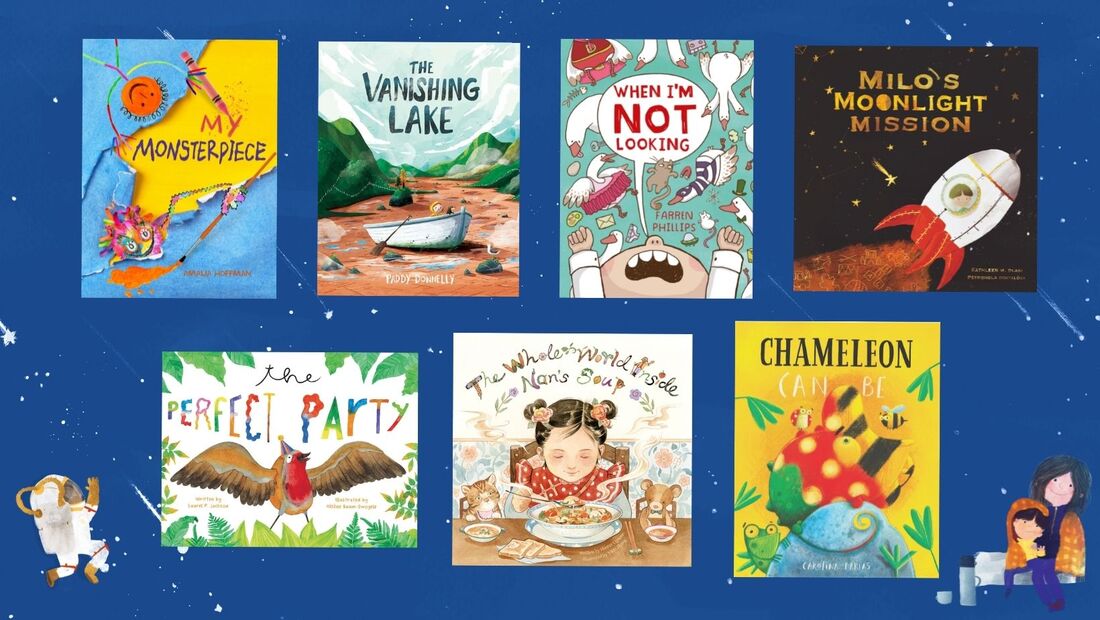
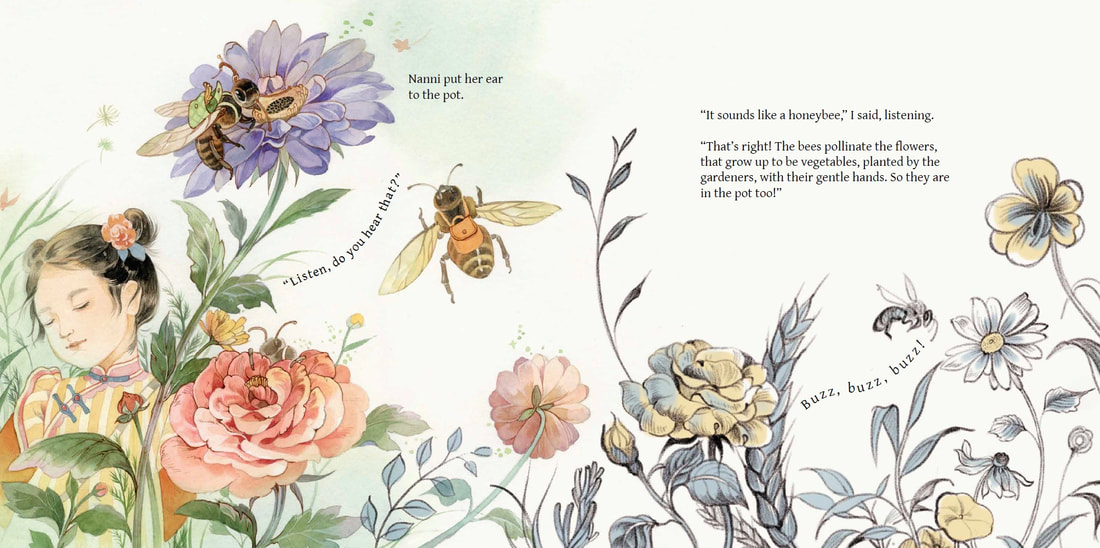
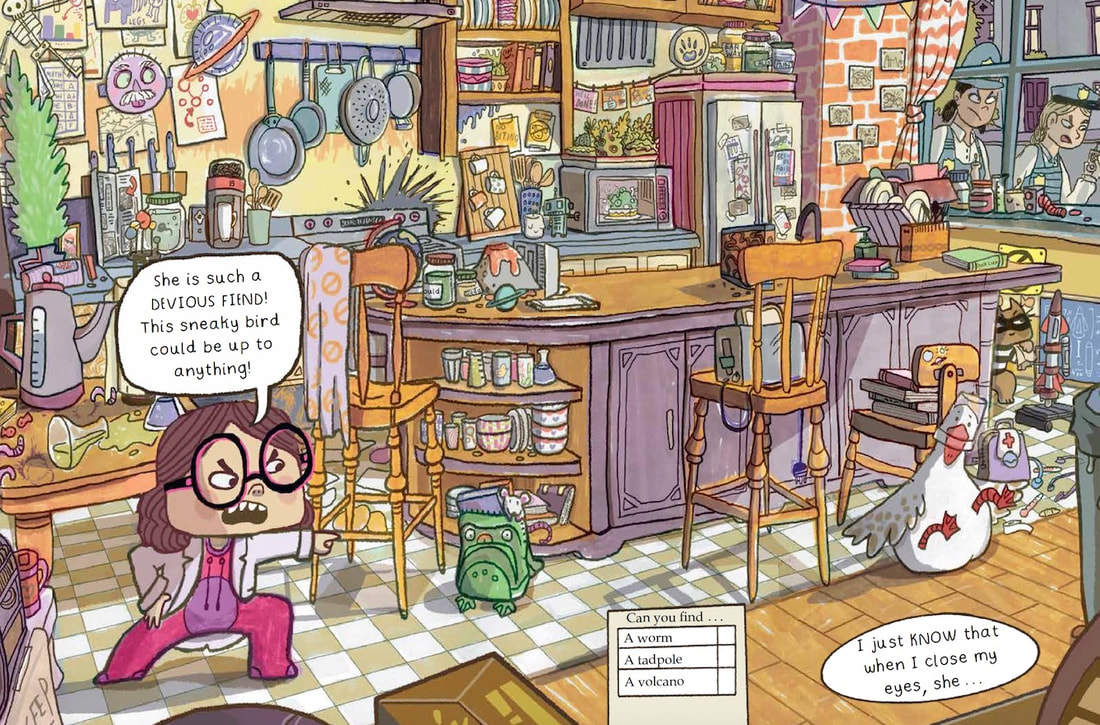
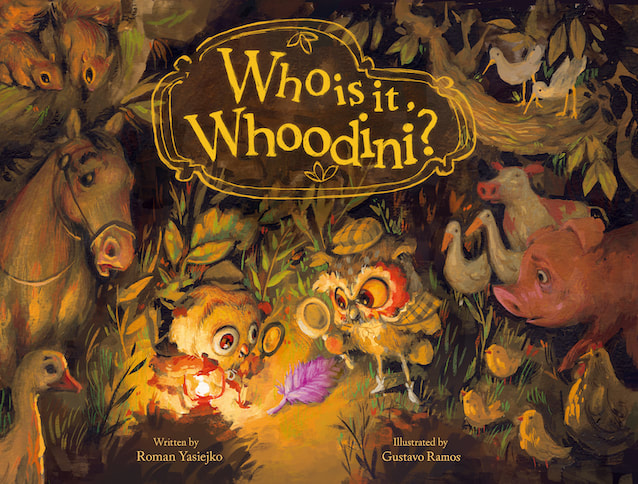
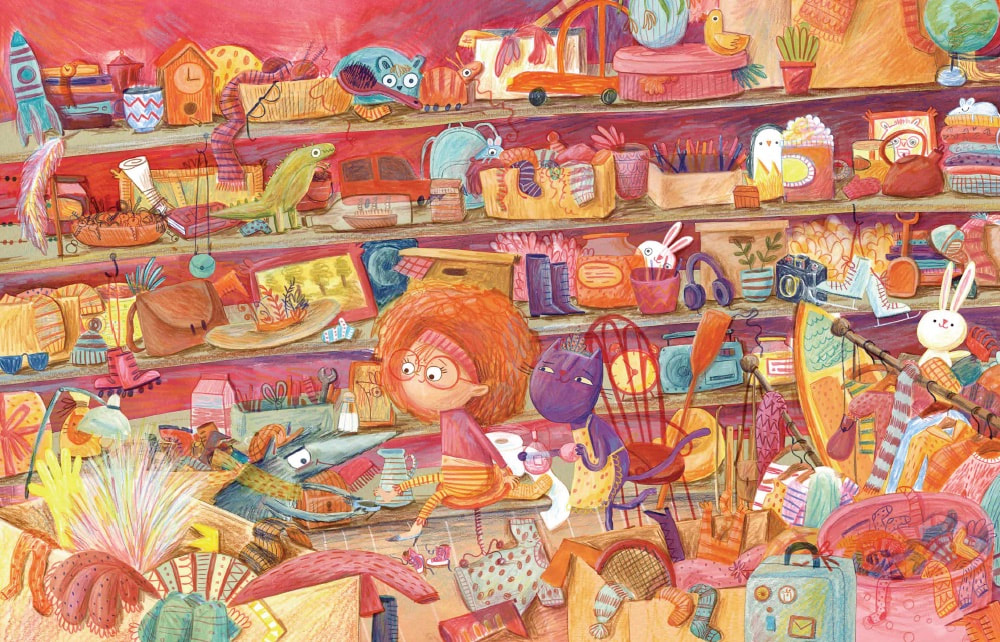
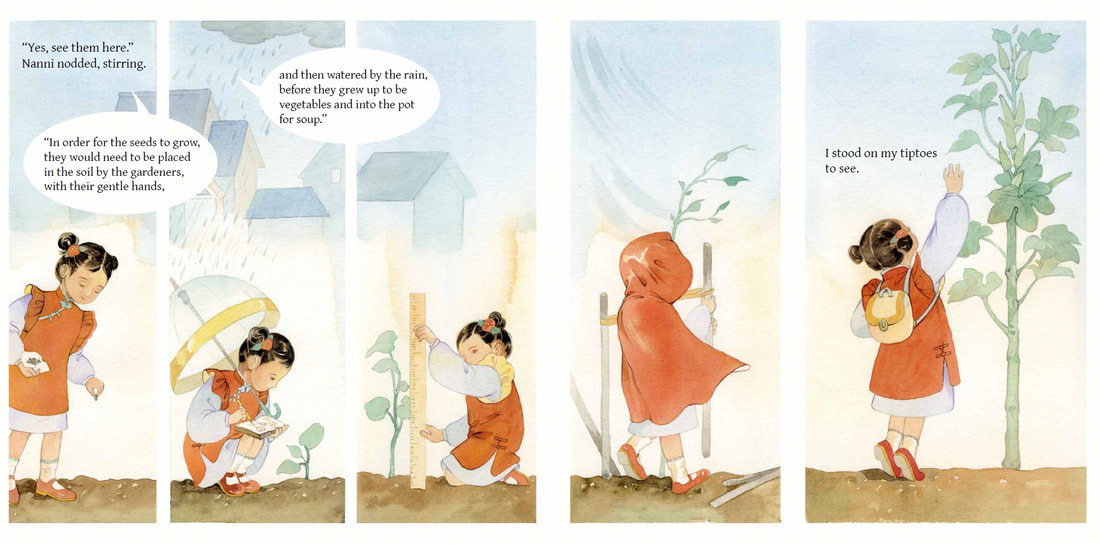
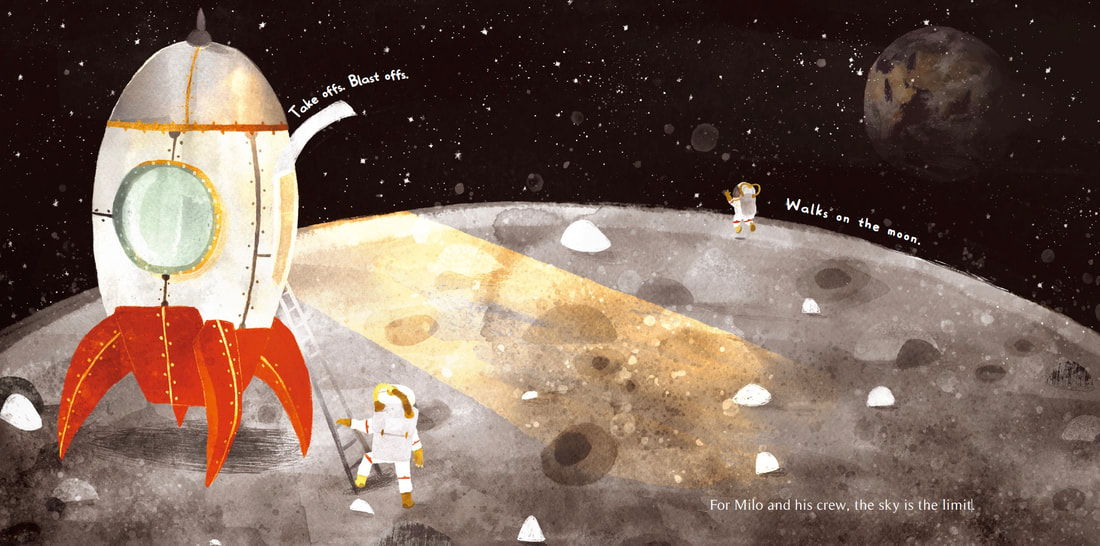
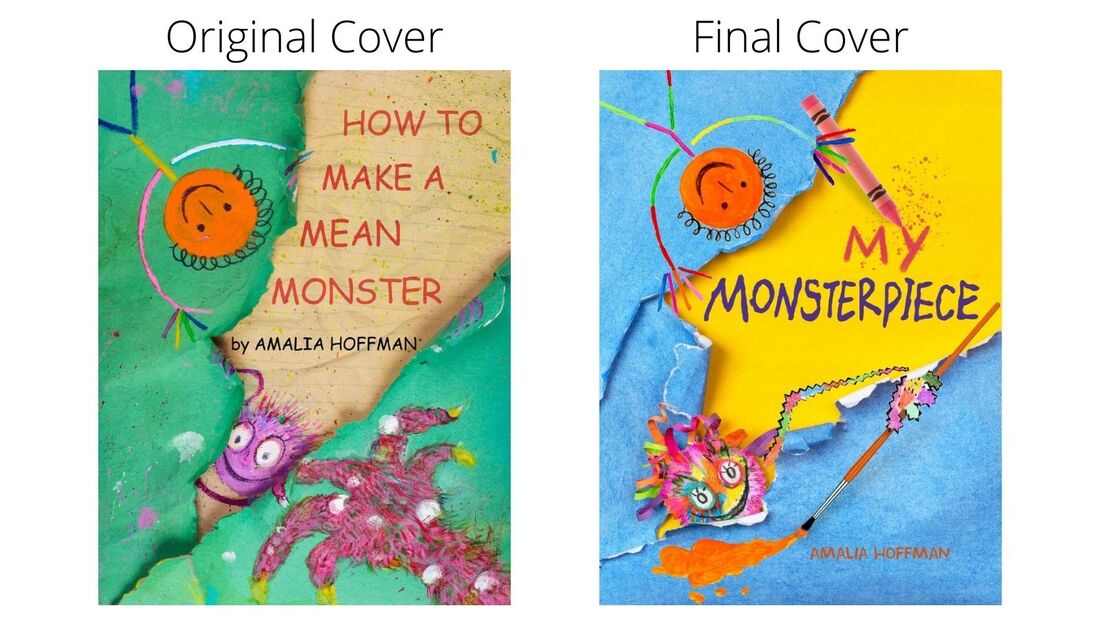
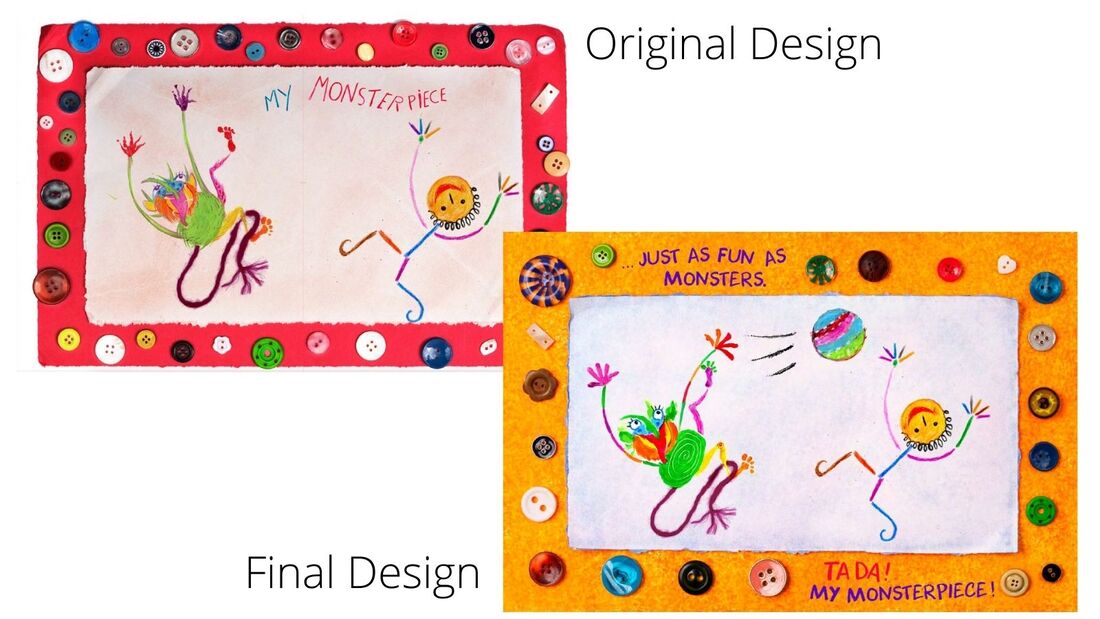
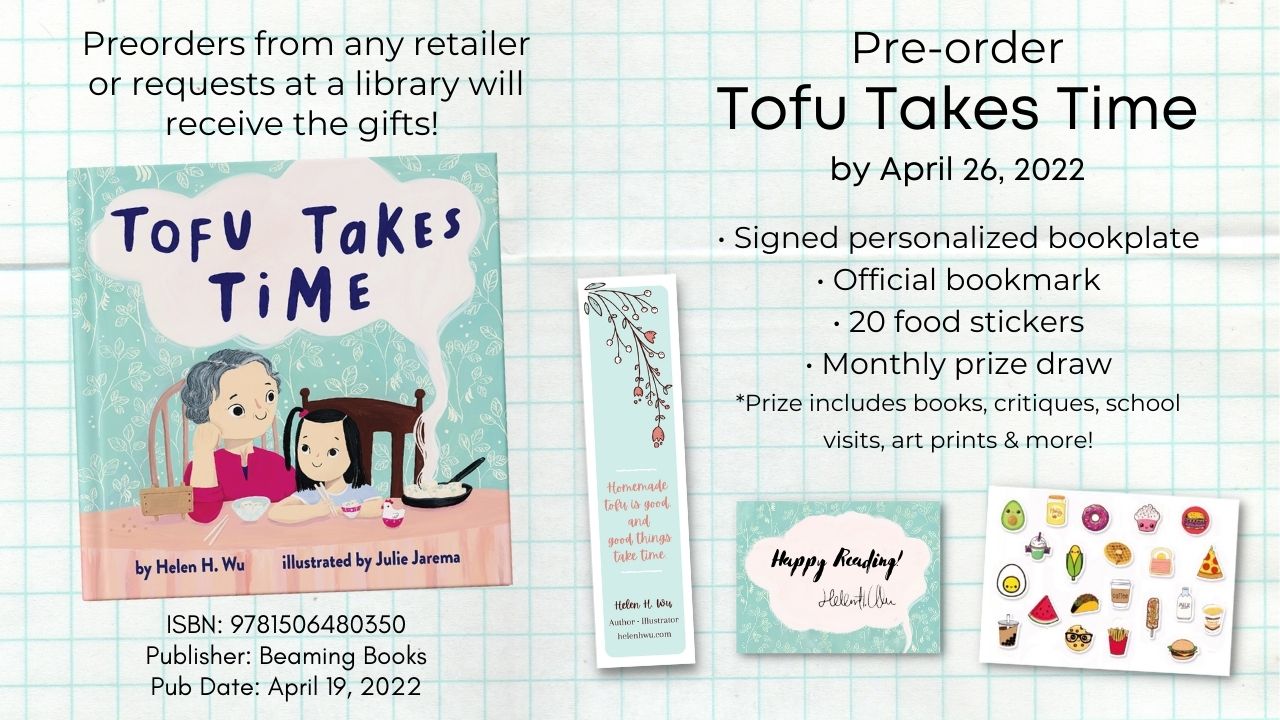
 RSS Feed
RSS Feed
